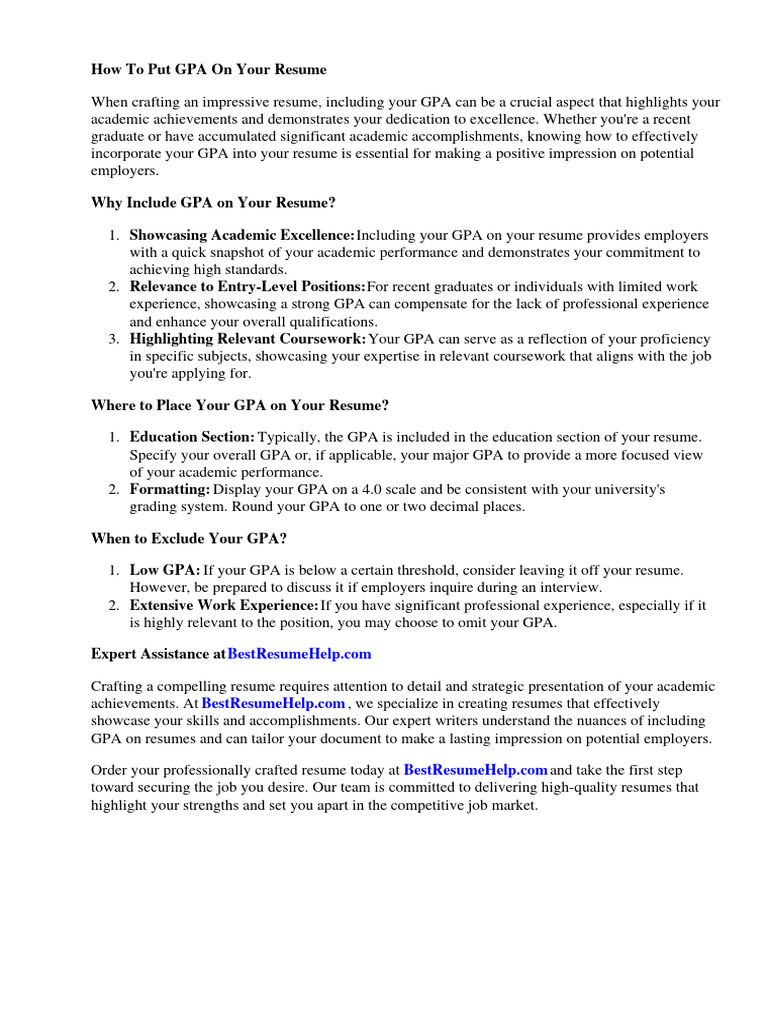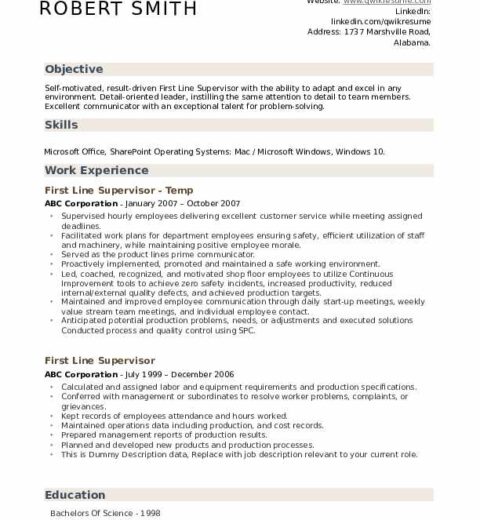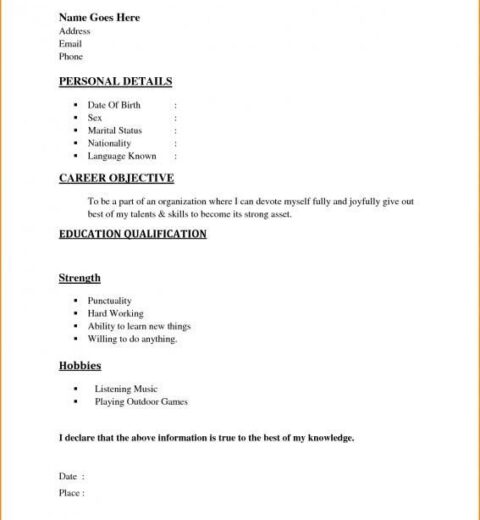When crafting a resume, many candidates face a crucial decision: where to position their Grade Point Average (GPA). Should it be prominently featured at the top, like a glittering gemstone, or relegated to the bottom, a forgotten relic of their academic journey? This seemingly simple query conceals a wealth of intricacies and nuances, demanding careful consideration. Let’s delve into this engaging dilemma.
The placement of GPA on a resume can be pivotal, especially for recent graduates or individuals with limited professional experience. Your GPA serves as a quantitative reflection of your academic performance, yet it also evokes qualitative impressions about diligence, intelligence, and commitment. The question arises: does positioning it at the top send a confident message, or does it scream desperation? Conversely, is relegating it to the bottom too dismissive, potentially causing it to languish in obscurity?
To navigate this quandary, one must first assess the context of their resume. For instance, consider the industry you are targeting. In fields such as finance, engineering, or academia, a strong GPA can be a powerful asset. Conversely, creative industries may place a higher premium on portfolios and demonstrable skills than on academic achievements. Thus, before deciding whether to place your GPA at the beginning or end of your resume, it is vital to understand the expectations of your prospective employer.
Understanding the Audience
Tailoring your resume to align with the expectations of your audience is essential. Recruiters often have a specific set of criteria they use in screening applicants. If you are applying for a position that emphasizes academic excellence or an impressive GPA, featuring that information prominently can work in your favor. Conversely, if the hiring process favors practical experience over academic achievements, position your GPA towards the bottom or omit it entirely.
When to Showcase GPA at the Top
Placing your GPA at the top of your resume makes unequivocal sense when it is particularly noteworthy. A GPA of 3.5 or higher, for example, illustrates a commitment to academic excellence that prospective employers often find persuasive. By spotlighting your GPA, you set a tone of confidence and capability, impacting the initial impression you create.
Moreover, this approach is advantageous when you lack extensive work experience. In such scenarios, academic performance may serve as a proxy for your potential contributions in a professional setting. Detailing your GPA can catalyze inquiries about your coursework, projects, and the skills you acquired during your studies, bridging the gap between education and the practical world.
When to Place GPA at the Bottom
On the other hand, there are circumstances under which placing your GPA at a lower position can be more beneficial. If your GPA is modest, say below 3.0, consider tucking it away towards the end. This strategy allows you to emphasize your skills, experiences, and accomplishments that may better reflect your capabilities. It is a tactical retreat; positioning your GPA away from the forefront minimizes the chance it becomes the focal point of the evaluation.
Additionally, as you progress in your career, experience typically takes precedence over academic metrics. For seasoned professionals, a well-curated list of your most notable achievements and responsibilities should take center stage, leaving your GPA to fulfill a supporting role, if included at all. In such cases, prospective employers will seek evidence of skills and competence acquired through real-world applications rather than theoretical knowledge.
Combining Strategies: A Balanced Approach
Another effective tactic is to adopt a balanced approach wherein you integrate your GPA with other pertinent details. For instance, include it within your education section alongside your degree, institution, and graduation date. This allows the GPA to serve as a supporting detail rather than the centerpiece of your resume. It creates an educational context while simultaneously enabling you to shine a light on applicable skills and experiences that make you a compelling candidate.
Additional Considerations
When contemplating the placement of your GPA, consider whether or not you should include a relevant distinguishing factor. Some candidates might choose to provide context, such as their major or particular coursework that positively influenced their GPA. This additional information can amplify the impact of a solitary GPA figure, transforming it into a narrative about your academic journey rather than a simple number. Craftsmanship in communication can create curiosity, leading to further discussions during interviews.
Furthermore, weigh the relevance of your GPA against other qualifications. Some candidates might have exceptional certifications, unique internships, or relevant professional experiences that could overshadow their GPA. The crux of the matter lies in evaluation—ensure that your GPA complements the overall narrative of your resume instead of detracting from it.
Conclusion
The decision regarding where to place your GPA on your resume encompasses more than mere placement; it is a strategic reflection of your qualifications and aspirations. By understanding the diverse contexts, evaluating your audience, and opting for an approach that enhances your unique profile, you can effectively navigate this decision. Remember, there is no one-size-fits-all answer. Ultimately, your goal should be to present a cohesive narrative that reflects your potential while aligning with the expectations of those viewing your resume.




